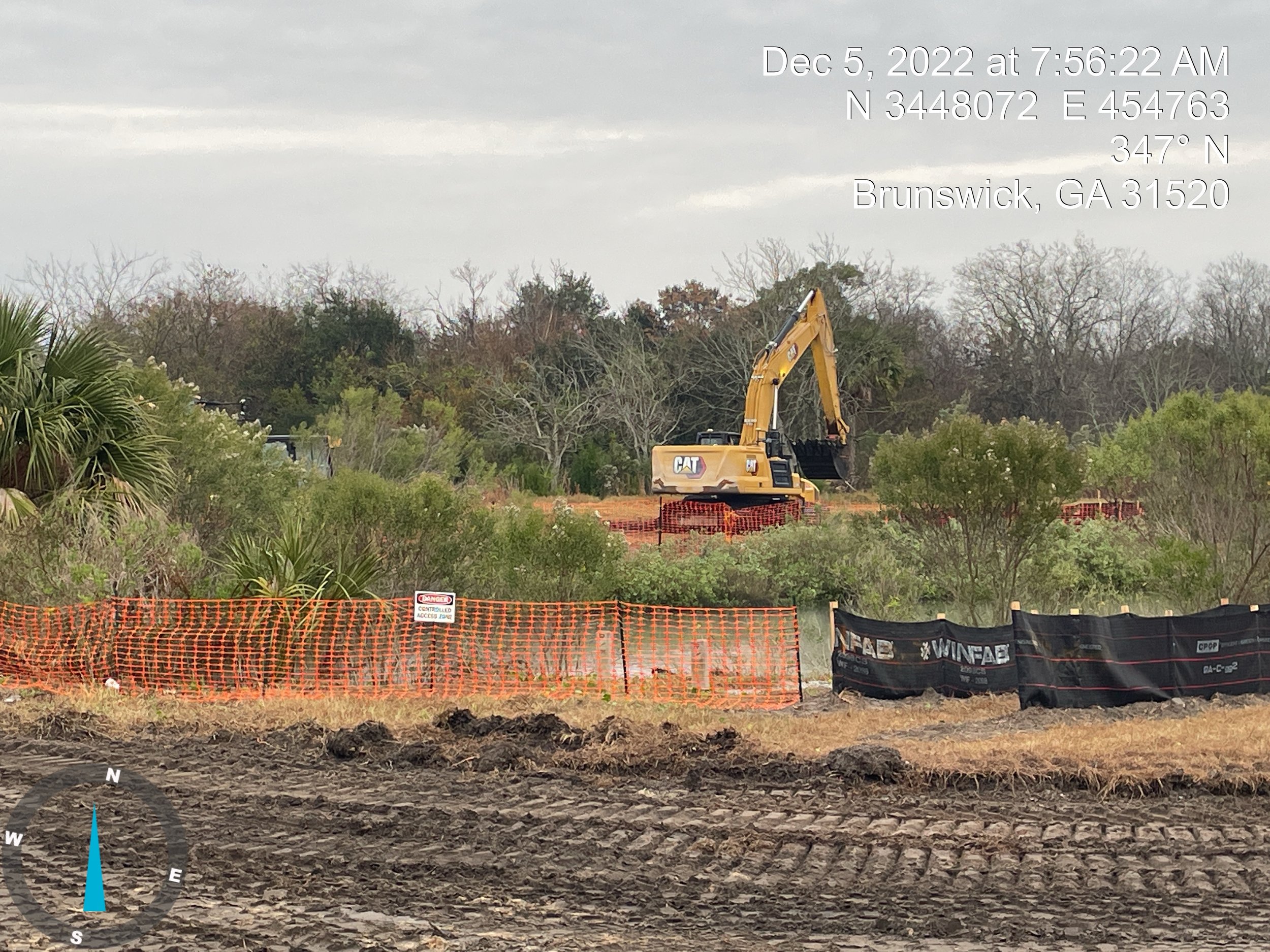Hercules is starting the new year with a push to complete its environmental work at the former Hercules plant site, now Pinova, in Brunswick. The Georgia Environmental Protection Division (EPD) approved Hercules’ Corrective Action Plan and renewed the permit necessary for the work to commence. This action follows many years of investigation and remediation performed under earlier phases of the EPD-led remediation work.
Several public meetings and public comment periods were held over the years, most recently in October 2022.
During the past two years, Hercules stabilized 7,000 cubic yards of contaminated soil at the facility, installed 34 groundwater treatment wells, surveyed 35 site buildings to evaluate vapor intrusion, installed three vapor mitigation systems, and retrofitted five additional buildings to eliminate any potential vapor intrusion risk. Soil and groundwater work that builds on this progress is planned for 2023 including removal of 1,500 cubic yards of contaminated soil at the facility and additional groundwater treatment.
In addition to Pinova’s continued operation, an important goal for Hercules is to return eligible portions of the site to the community for redevelopment and reuse.
Also in January, remediation work along Terry Creek will kick off. Motorists along Highway 17 and the causeway may notice staging of construction equipment and crews mobilizing to build a U.S. Environmental Protection Agency interim remedy for the Terry Creek outfall ditch. Construction of the remedy, which will involve capping and eliminating the potential exposure to ditch sediments, should be finished in 2023. Hercules expects that completion of the remedy will help make the property attractive for redevelopment.







